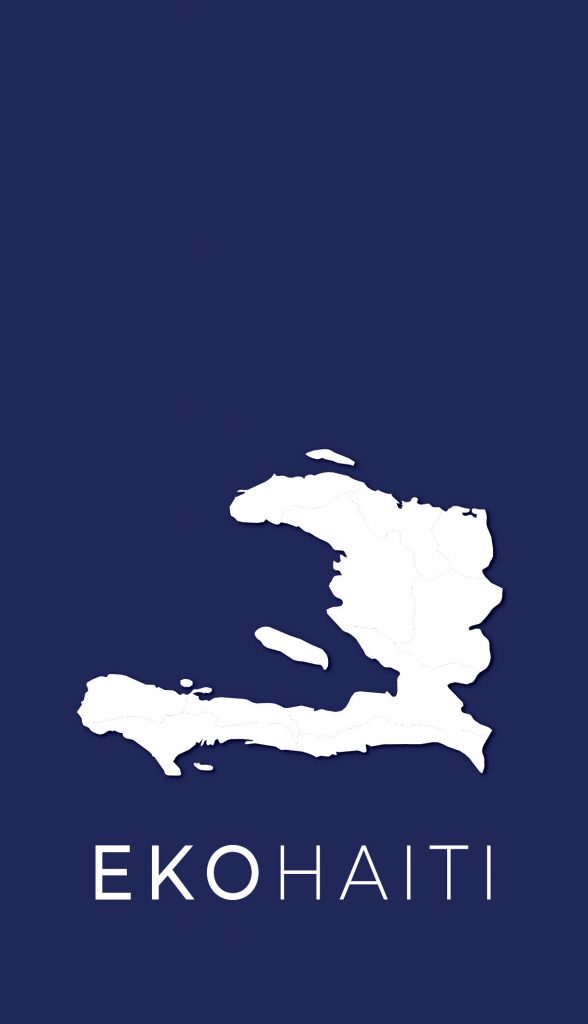One major factor that has been reported to contribute to chronic poverty and malnutrition in rural Haiti is soil infertility. There has been no systematic review of past and present soil interventions in Haiti that could provide lessons for future aid efforts. We review the intrinsic factors that contribute to soil infertility in modern Haiti, along with indigenous pre-Columbian soil interventions and modern soil interventions, including farmer-derived interventions and interventions by the Haitian government and Haitian non-governmental organizations (NGOs), bilateral and multilateral agencies, foreign NGOs, and the foreign private sector. We review how agricultural soil degradation in modern Haiti is exacerbated by topology, soil type, and rainfall distribution, along with non- sustainable farming practices and poverty. Unfortunately, an ancient strategy used by the indigenous Taino people to prevent soil erosion on hillsides, namely, the practice of building conuco mounds, appears to have been forgotten. Nevertheless, modern Haitian farmers and grassroots NGOs have developed methods to reduce soil degradation. However, it appears that most foreign NGOs are not focused on agriculture, let alone soil fertility issues, despite agriculture being the major source of livelihood in rural Haiti. In terms of the types of soil interventions, major emphasis has been placed on reforestation (including fruit trees for export markets), livestock improvement, and hillside erosion control. For many of these interventions, there is limited independent, peer- reviewed data as to their success or long-term effect. By comparing soil interventions in Haiti with interventions that have been effective globally, we have identified several intervention gaps. The most important soil intervention gaps in Haiti include inadequate farmer training (extension) in soil management, and lack of technical support for legume and cover crops and for livestock pastures. We discuss the policy failures of different stakeholders working in Haiti, potential remedies, their costs, and likely long-term effects. We hope that this review will inform future efforts to improve soil fertility in Haiti.
Open Source Archives
We strive to facilitate interdisciplinary collaboration and the implementation of progressive and participatory research methods, with the goal of generating tangible, durable changes in the way research about Haiti is conceptualized, implemented and applied.

ABOUT US
Research Hub & Open Source Archives
EKO HAITI Research Hub is a research and knowledge mobilization platform focused on creative, collaborative and interdisciplinary research and associated research-based learning. We aim to become the intellectual “home” for research about Haiti by creating and providing open access to the largest crowdsourced research archive dedicated to Haiti, by fostering cross-disciplinary research and innovation, and by providing support for progressive research in the form of contextual expertise and training.
“The trees fall from time to time, but the voice of the forest never loses its power. Life begins.”
Jacques Alexis, Les Arbres Musiciens (Paris, 1957)





ORAL HISTORIES
Oral histories are a powerful tool in developing historical understanding
Oral history offers an alternative to conventional history, filling gaps in traditional research with personal accounts of historically significant events or simply life in a specific place and time. Oral histories do more than provide charming details to dry historical accounts. In fact, oral histories help others recapture lived experiences that are not written down in traditional sources.
> Transcripts archive

" Bwa pi wo di li wè lwen, men grenn pwomennen di li wè pi lwen pase l "
The tallest tree says that it sees far, but the seed that travels says that it sees even further.
GET INVOLVED
Support EKO HAITI
As an independent institute, we rely on crowdsourcing and donations to continue expanding the depth and scope of our archives. Your contribution enable us to provide open access to a vast collection of ethnographic and research material which in turn aims at fostering further research and contribute to a better understanding of the country.

